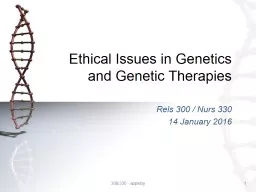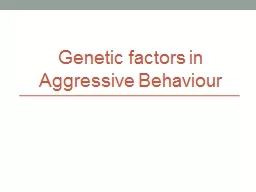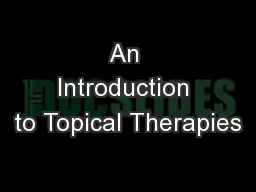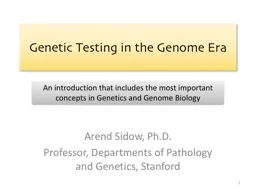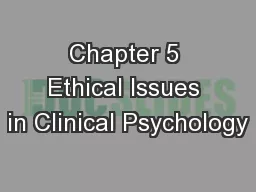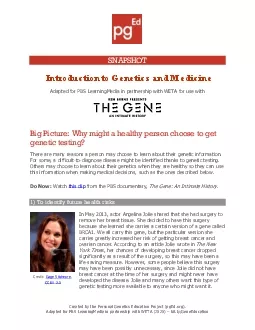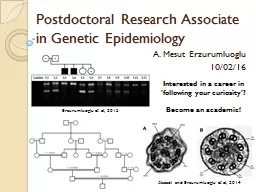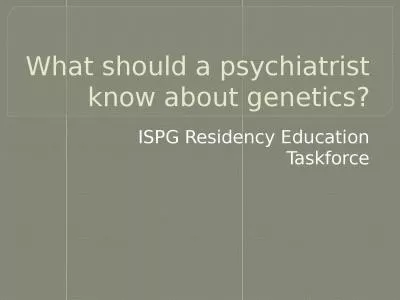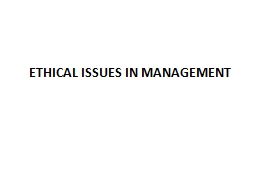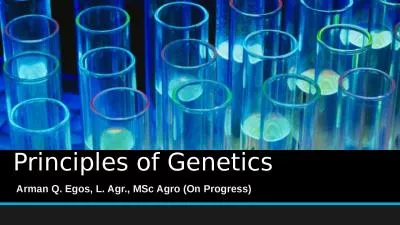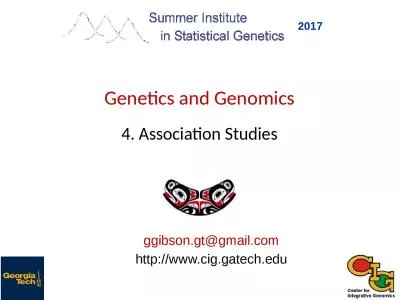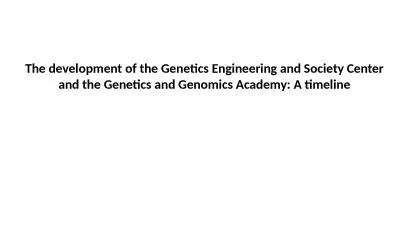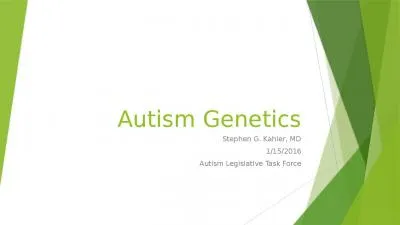PPT-Ethical Issues in Genetics and Genetic Therapies
Author : southan | Published Date : 2020-06-17
Rels 300 Nurs 330 14 January 2016 300330 appleby 1 Dominant Patterns of Genetic Inheritance Huntingtons Disease People atrisk for the disease face a difficult
Presentation Embed Code
Download Presentation
Download Presentation The PPT/PDF document "Ethical Issues in Genetics and Genetic T..." is the property of its rightful owner. Permission is granted to download and print the materials on this website for personal, non-commercial use only, and to display it on your personal computer provided you do not modify the materials and that you retain all copyright notices contained in the materials. By downloading content from our website, you accept the terms of this agreement.
Ethical Issues in Genetics and Genetic Therapies: Transcript
Download Rules Of Document
"Ethical Issues in Genetics and Genetic Therapies"The content belongs to its owner. You may download and print it for personal use, without modification, and keep all copyright notices. By downloading, you agree to these terms.
Related Documents

